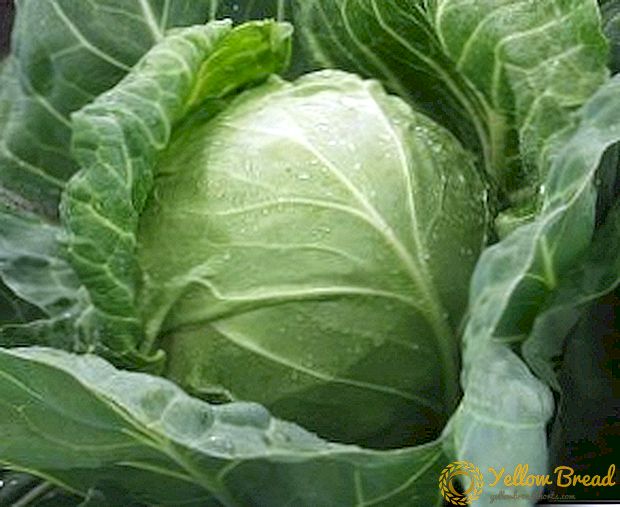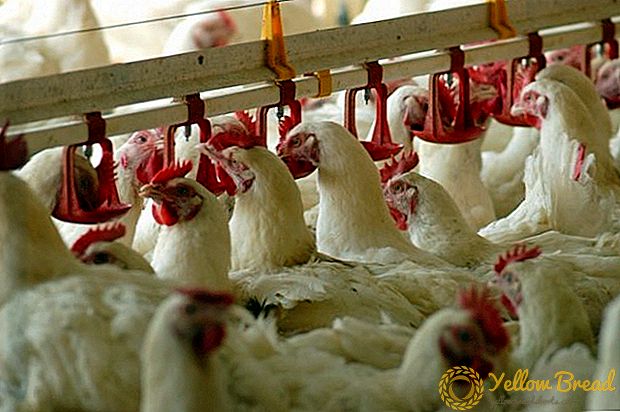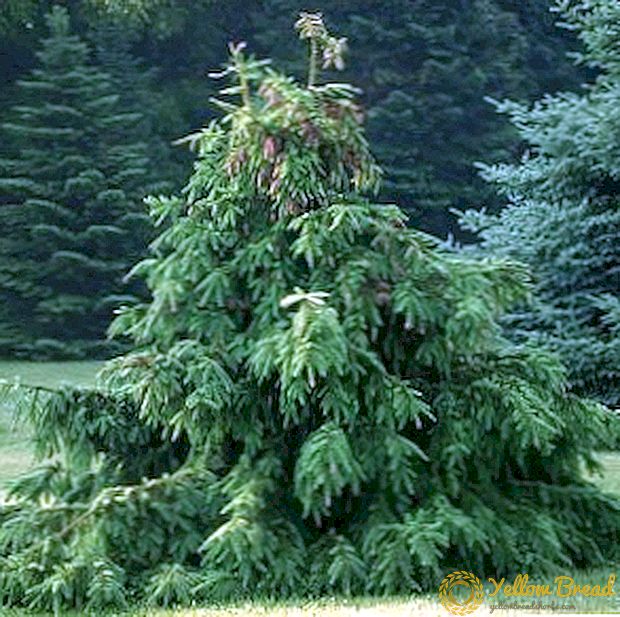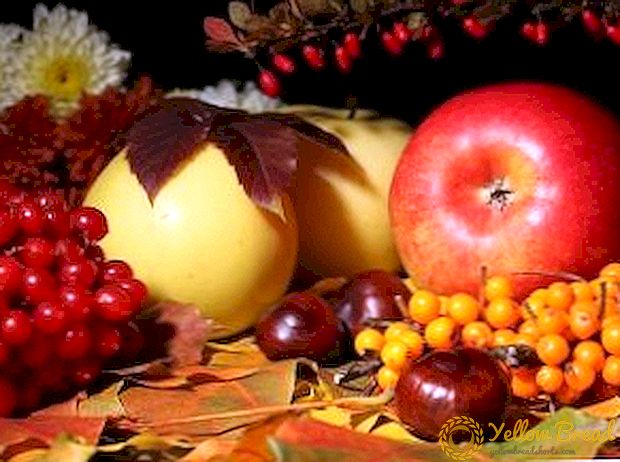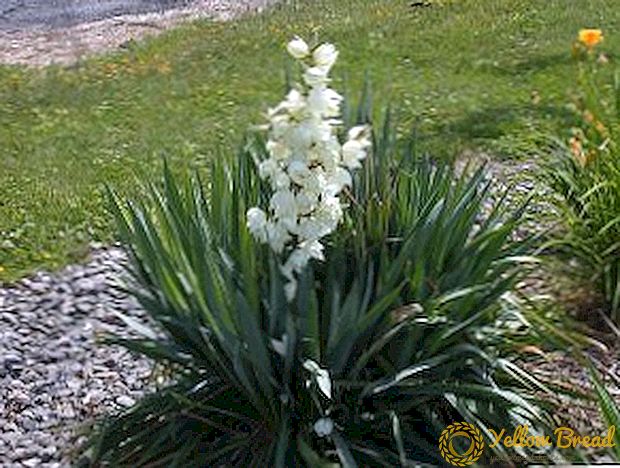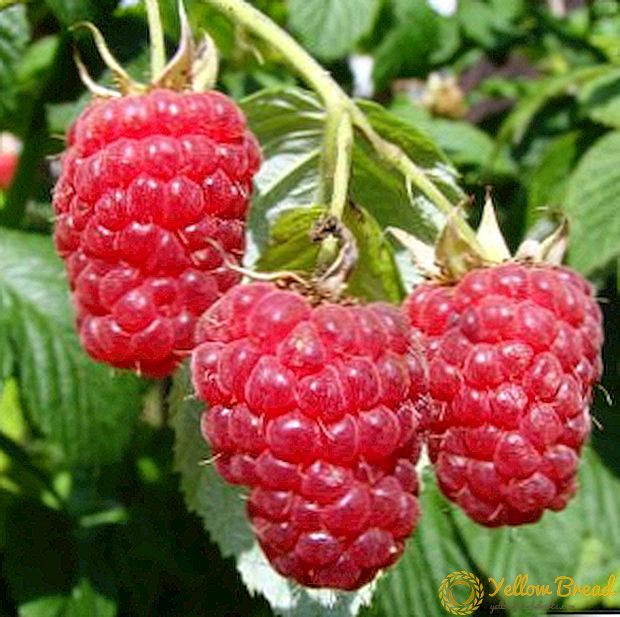 Raspberries due to its high taste qualities is one of the most popular garden crops.
Raspberries due to its high taste qualities is one of the most popular garden crops.
Among the many varieties of this berry, the Giant of Moscow stands out for its high yield.
- Breeding history
- Description and distinctive features of the variety
- Bushes
- Berries
- Yield
- Winter hardiness
- What to look for when buying seedlings
- Choosing the right place
- Lighting
- The soil
- Preparatory work
- Stepwise landing process
- Competent care - the key to a good harvest
- Watering and mulching
- Feedings
- Support
- Pruning
- Shelter for the winter
Breeding history
This variety belongs to the newest, it still does not even appear in the official register of the state budget commission. According to some data, the variety was bred by Fadyukov V. M.
Description and distinctive features of the variety
The raspberry variety "Giant of Moscow" is early maturing. As can be seen from the name and description of this variety, it is also distinguished by high yield and very large berries. 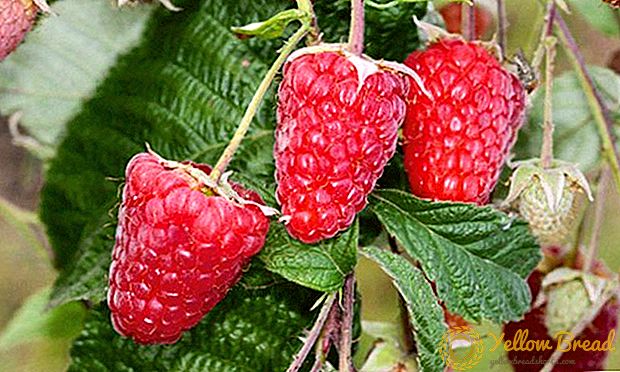
Bushes
The height of the shoots of this variety can reach 2 m, they have no thorns.On one bush at least 8 fruitful shoots and up to 5 root shoots are formed.
Berries
The fruits justify the name of the variety - they are very large, their weight can reach 25 g. The shape of the berries is conical, they taste sweet and have a characteristic "raspberry" aroma. The pulp is dense, juicy. Berries "Giant of Moscow" begin to ripen in July. They are stored for a long time, tolerate transportation, are suitable for freezing.
Yield
With a large number of sunny days, this variety can give 2 crops per season. Up to 12 kg of berries can be obtained from one bush, but, of course, subject to proper care of this variety.
Winter hardiness
"Giant of Moscow" is resistant to winter cold, but preferably for the winter to cover it with lapnik. With a snowy winter, snow is usually spent. 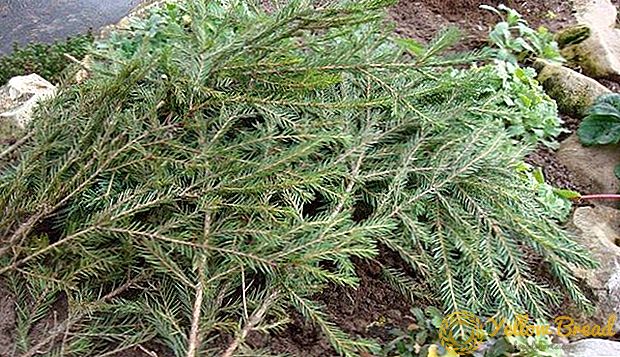
What to look for when buying seedlings
First of all, you should pay attention to roots of a seedling and its buds. A well-developed and intact root system will guarantee survival of the seedling. In addition, there should be at least 3 buds in the lower part of the shoot.Its height does not matter, since when planting the shoot is shortened to about 20 cm. The thickness of the shoot does not play a special role, but it is recommended not to use seedlings with a shoot diameter less than 1 cm.
Choosing the right place
This raspberry variety is considered unpretentious, but for its planting it is better to choose a place that meets certain requirements.
Lighting
The landing site of the “Giant of Moscow” should be well lit and, ideally, be reliably protected from the winds.
The soil
For this variety is optimal loose fertile soil with a neutral or slightly acid reaction, moderately moist and rich in organic matter. 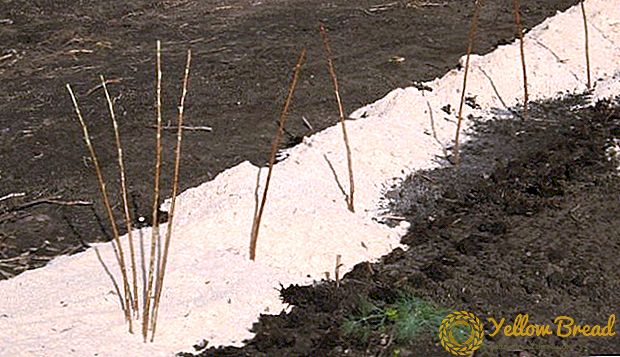
Preparatory work
If possible, it is recommended to start preparation of a site for raspberry for a season before landing of saplings. To this end, crops such as alfalfa, timothy or clover are sown at the future landing site, which has a positive effect on the characteristics of the soil.
Landing site, in order to avoid overwetting, it is desirable to choose a flat, but with a slight bias. Immediately before planting, fertilizers are introduced into prepared pits or trenches (more on this later).
Stepwise landing process
Planting of seedlings produced in the period from early spring to early autumn, and the autumn planting is considered preferable. For seedlings prepare pits or trenches. The diameter of the pits is about 40 cm, their depth is up to 45 cm. The depth of the trenches is the same.
Before planting, a mixture is prepared in prepared pits or trenches at the rate of 90 g of potassium sulfate, 240 g of superphosphate, 360 g of wood ash per 10 kg of humus. This mixture, together with the roots of the plant, is sprinkled with primer. The root neck of the seedling should rise about 3 cm above the surface.
The planting process is completed with abundant irrigation, it uses water at room temperature, and 2 buckets of water are spent on one bush. Further around the bush is mulching of the soil with cut grass, peat, sawdust or straw.
Competent care - the key to a good harvest
Only with proper organization of plant care can you achieve high yields. To do this, follow a few simple rules.
Watering and mulching
The first watering of a planted bush, as noted above, should be abundant - 2 buckets of water for 1 bush. In the future, watering depends on weather conditions. When dry summer water is usually 2-3 times a day. In rainy periods, watering is stopped. Soil mulching is carried out with hay, straw, sawdust or peat.
Feedings
As feed is better to use organic. The best option is an aqueous solution of manure in the ratio of 1:10 or bird droppings in the ratio of 1:20. You can feed raspberries and dry. In this case, rotted manure is thrown under the bushes. The frequency of feeding - 1 time in 5 weeks.
Support
As a support use wooden stakes or metal pipes. They can be installed in the middle of the bush, in which case shoots in the amount of 6 pieces are tied at a height of 1.5 m.A fan garter is also practiced when a support is placed between two bushes, and the shoots of both bushes are tied to it with a fan. If the whole rows of raspberries are planted on the plot, then the best support option is the trellis. The most popular version of the trellis is 2 supports at a distance of 3 m with steel wire stretched between them (usually 2-3 rows). Each shoot with fruits is tied to the wire separately, their tops should not rise above the wire by more than 20 cm.
Pruning
If you plan to get 2 raspberry crops, then bushes are also pruned twice. Two-year shoots are pruned in the summer, one-year in the fall. In addition, remove old infertile branches.
Shelter for the winter
For the winter, this variety is recommended to be covered with spruce leaves, but if the climate is mild, you can do without this procedure. In winters with little snow, it is also advisable to pour snow on the bushes.
So, as we have seen, the Giant of Moscow variety does not require any exceptional conditions for cultivation and at the same time can please the gardener with high yields. The berries of this variety ripen early, are well stored and have good taste.

